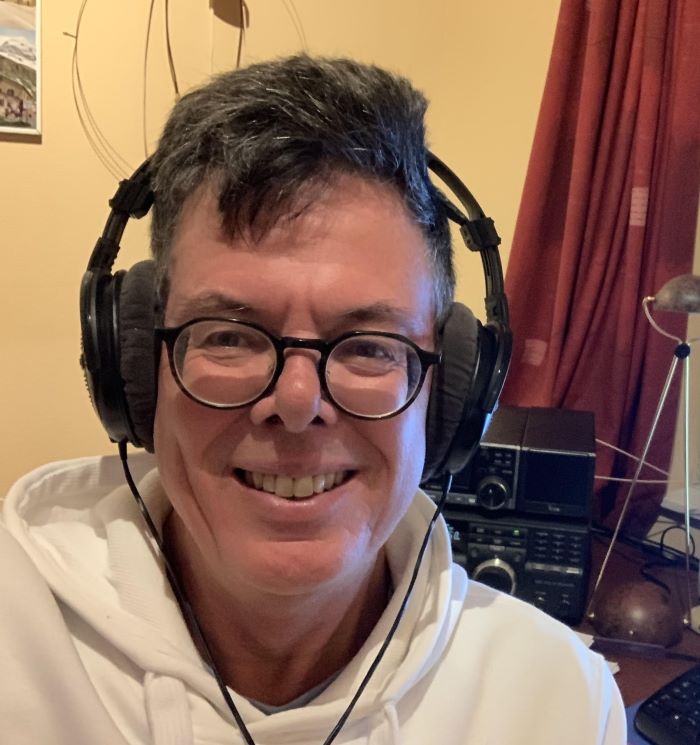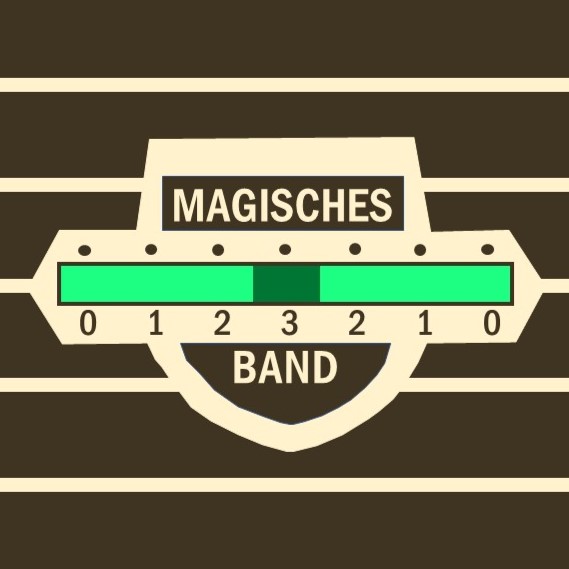An overview of the receivers I used… from Nordmende, Panasonic, Grundig via NRD to ICOM and Elad and RSP dx SDR receivers. And some portables as well!
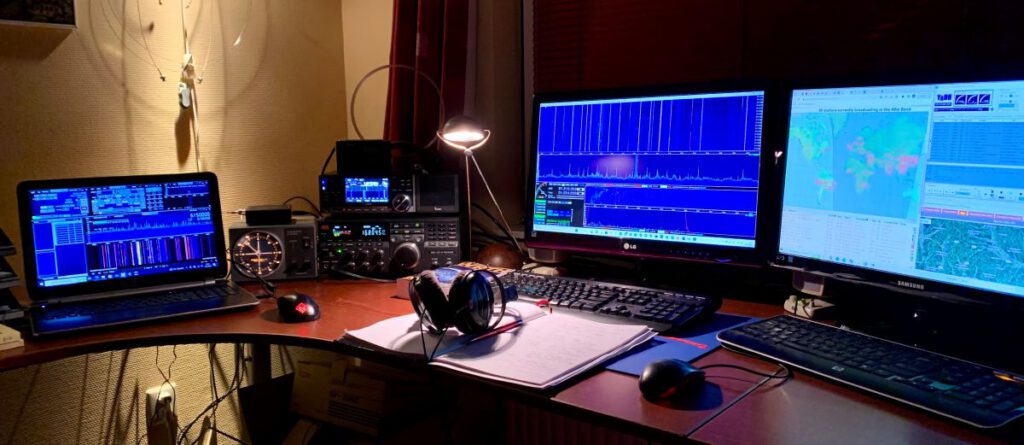
QTH:
Woerden, The Netherlands
52o5′ N, 4o53′ O
(52.08, 4.90 decimal)
JO22kc
RXX1398
Receivers in use:
ICOM-R8600
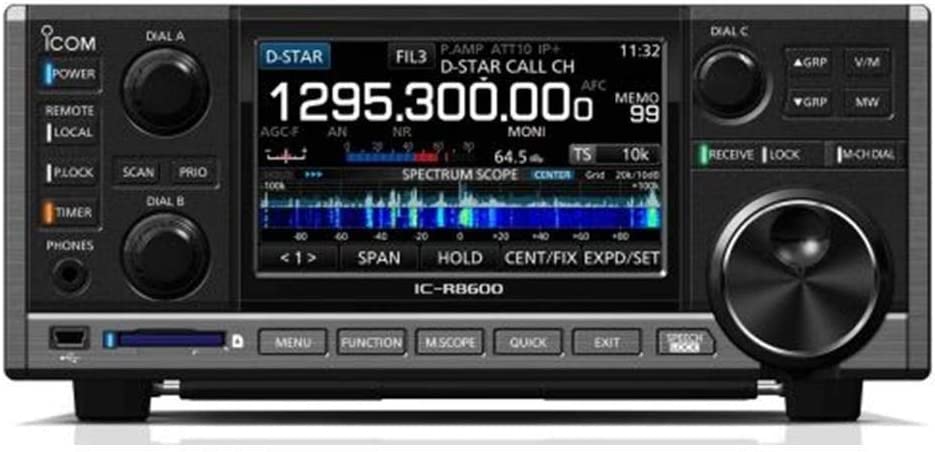
My first SDR receiver which I bought on the occasion of my retirement from work as a little investment in restarting the hobby. Truth be told I was not sure if I should buy this one or a Perseus or ELAD. I wasn’t too familiar with all the SDR stuff at the time and this set still facilitates conventional “by the tuning knob” DX-ing. I was also concerned about interference from the PC on the receiver.
After a few weeks I had it hooked up on my PC. The window frame was drilled through to route coax cables to my new antennas on the roof terrace, far away from sources of noise. And I never touched the tuning knob again. That said, I’m still very pleased with the excellent performance of this receiver. No regrets!
ELAD FDM S3
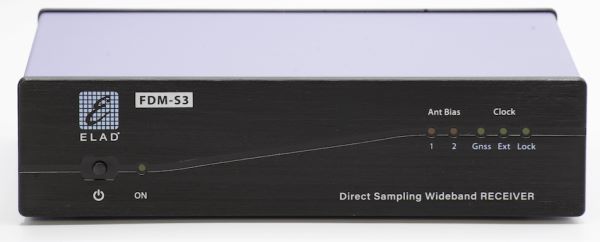
After a year I am still very pleased with my ICOM R8600. But I in the end it is only one receiver. So I bought myself an ELAD FDM S3 for two reasons mainly.
Firstly, while the ICOM is a good receiver, it is limited to 5 MHz bandwidth recording. For FM DX during Sporadic E conditions I wanted to have a bit more. The ELAD offers 12.3 and even 24.6 MHz, and its broadcast FM demodulation is quite a bit better. One word of caution though, the ELAD does require a serious computer to be able to record such bandwidths!
Secondly I like to monitor NDBs using Pskov software. But when I do this in combination with Mediumwave DXing I ran a bit into conflicting priorities:
1) For NDB DXing I found out that recording bandwidth larger than 480 kHz on the R8600/HDSDR combi sometimes resulted in issues with the stability of the NDB cycle. I never noticed this on my RSPDx/HDSDR by the way.
2) Processing huge bandwidth files is very time consuming, and most of the beacons I am interested in are in the 250-550 kHz range only. It is also requires a lot of the processor, so reviewing MW recordings while running Pskov runs in the background is not a good idea.
A second receiver allows me to separate NDB and MW activities, while I can keep my RSPDX/NRD535 on DSC/SSTV/FAX watch.
JRC NRD535
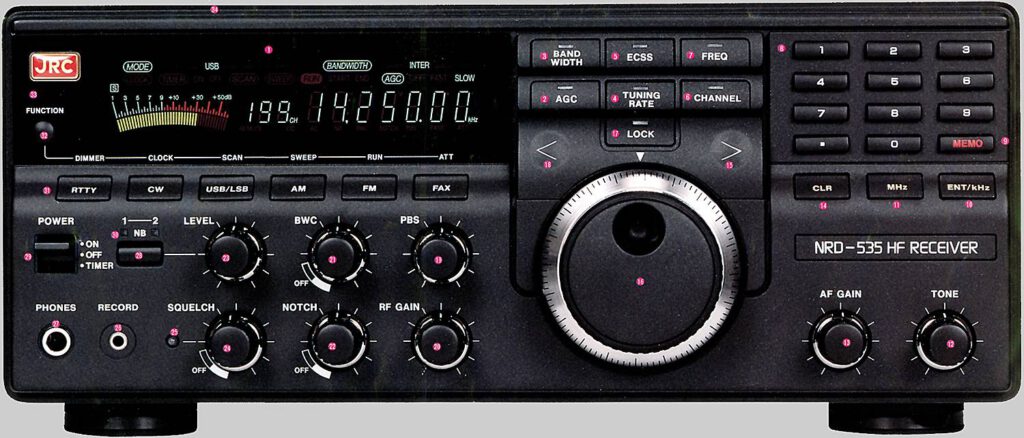
My second serious receiver. Compared to the Grundig Satellit 3400 sensitivity on mediumwave and tropical wave bands was better. It also offered better bandwidth control and passband tuning. Compared to the Grundig I had to get used to the poor audio though, and mainly used it with a headphone set.
Today I have this receiver in use to monitor a single frequency, say for DCS, FAX or SSTV. And it still doesn’t disappoint!
SDRplay RSPdx
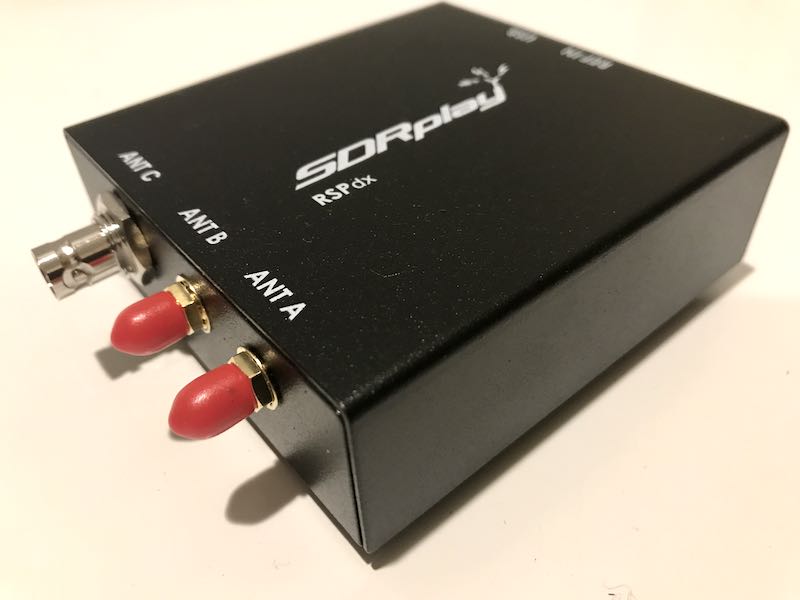
I bought this little receiver early 2023 for three reasons. 1) It is cheap, 2) I wanted additional monitoring capability for frequency surveys or band scans, 3) I wanted to have a portable set when I’m with the caravan on a campsite or a hotel.
Having used it for a year I’m very pleased with it. In combination with the MLA30+ antenna I have made very nice catches with it (Weather Fax Far East, DSC around the world), particularly while staying on a quiet campsite in a low noise environment. I also had it running with the MLA30+ in NDB events parallel with the ICOM R8600/NTi Megaloop FX antenna combi. I would say that the latter combi is 10% better in just being able to pick up dat weaker signal. But bear in mind, for that 10% you pay 10 times the price!
Tecsun PL-368
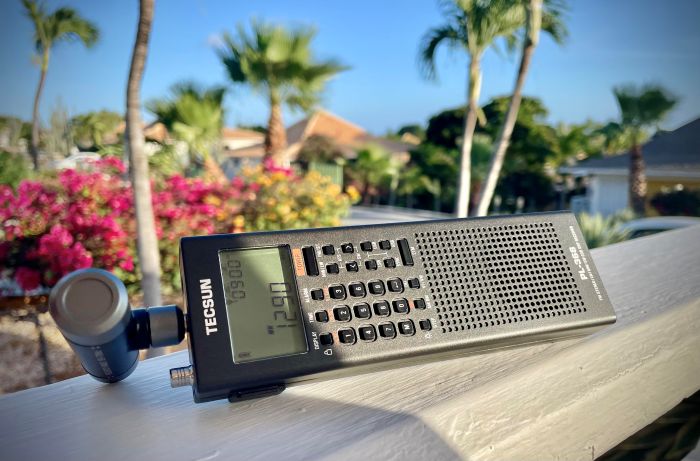
I won this one in the SWL 2024 contest. And it replaces my Grundig Aviator radio. It comes with a small ferrite antenna, but it is easy to connect any other antenna via the 3.5 mm jack.
I took it with me to Curacao, and in exploring the MW band it didn’t disappoint as you can see in a previous post. I’m still a bit in doubt on the MW band performance though.
Antennas:
I don’t have a lot of space to install a huge antenna. Although I want to try to set up a small KAZ in the garden next winter. With the relatively high noise environment (solar panels) I’m restricted to loop antennas for MF/HF.
Currently in use:
NTi (Bonito) Megaloop FX 1.2 mtr diameter outdoor antenna – my main antenna
MegaLoop MLA30+ – for DSC monitoring mainly
5 element 87-108 MHz Yagi replacing the discone.
My Boni Whip performs well, but only on low noise locations. So currently it is not in use.
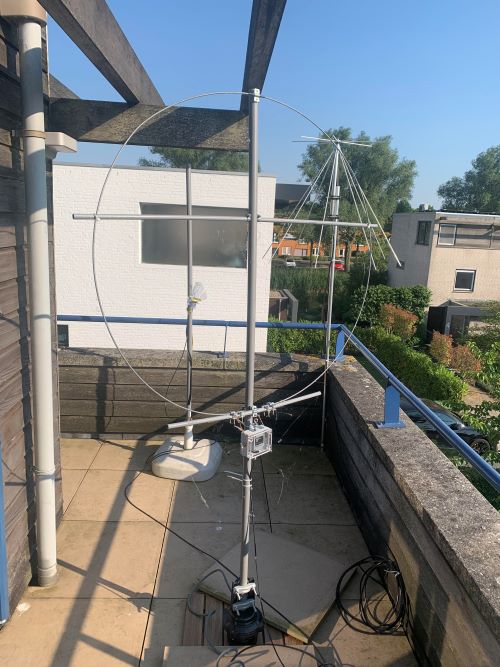
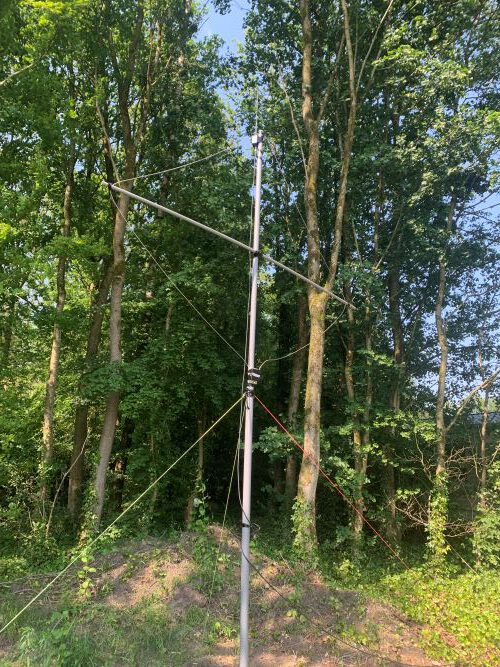
Software:
HDSDR
SDRConsole
WavviewDX
SDRUno
MultiPSK
YaDD
YaND
Pskov
DXAtlas
Receivers I used to have:
Murphy B-41
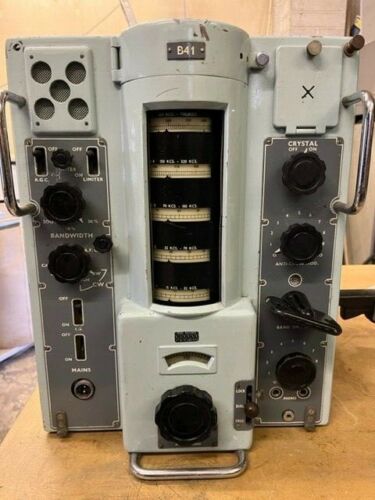
In the 80-ies I got really addicted to NDB listening. And the perfect radio to do so was this Murhpy B41. Some of you might know the B40 for SW coverage, this B41 was dedicated to Long Wave, covering 10 to 700 kHz in 5 ranges. It was in use in the British Navy.
The big advantage of this “tube receiver” was a very low S/N ratio. The biggest disadvantage was its weight, 43 kgs… It was a huge challenge carrying this one to the attic where I had my “boy’s room”. Nice detail: the manual came with instructions on how to destroy this radio should it fall in enemy hands… not an easy task given its sturdy build!
Grundig G6 Aviator
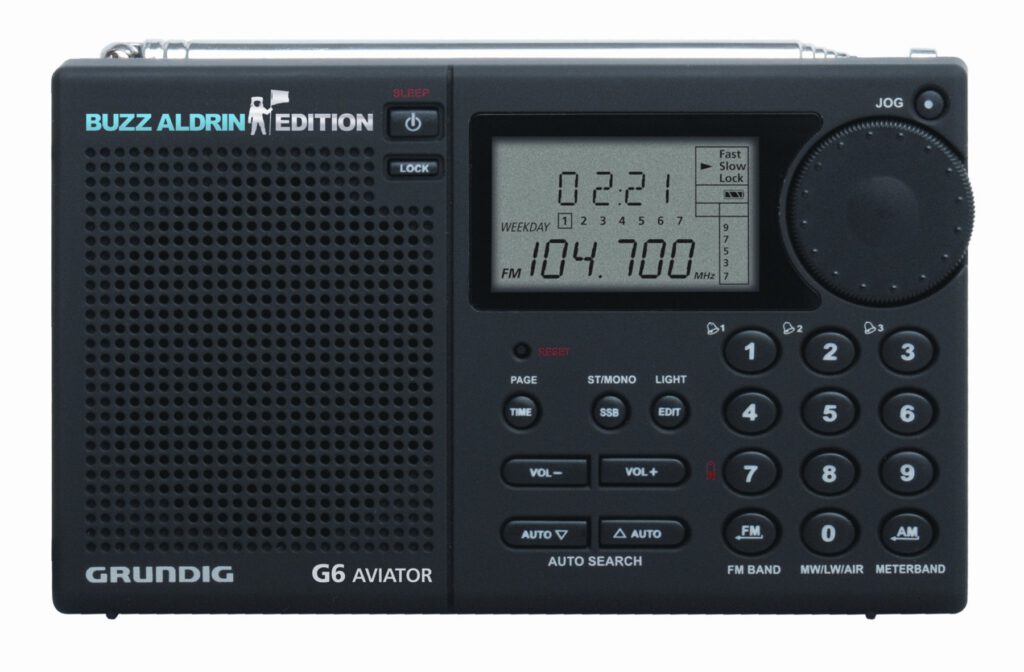
My travel companion since 2009. The “Buzz Aldrin Edition”, celebrating 50 years from “Tranquility Base”, the first moon landing. Wonderful robust little thing, as so many Grundig products were. Only problem is the plastic casing, designed to give you a nice soft feel, better than that of cheap hard plastics. Probably nobody thought the radio would last that long, but after almost 15 years it became really sticky. A thorough clean-up with ethanol solved the issue. I still have it, but since I have the Tecsun PL-368 the receiver is retired.
Grundig Satellit 3400
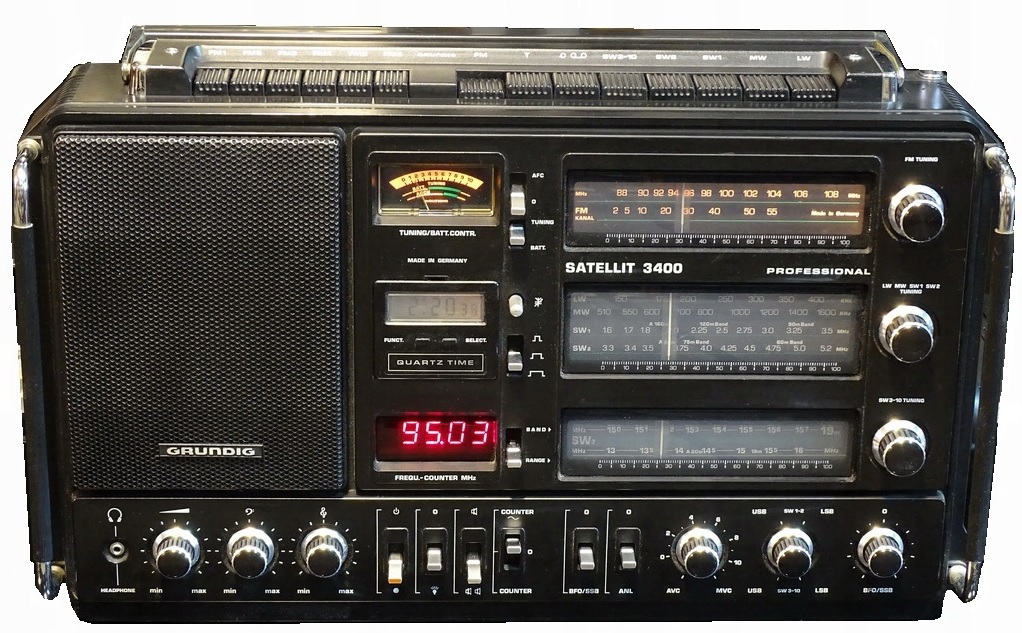
My first real “professional” shortwave receiver. I was 18, worked in cleaning jobs during summer at Hoogovens (now Tata Steel) in Velsen to save money to buy this beautiful receiver. Between 1980 and 1991 it was my main receiver until I replaced it with the JRC NRD 535. For the first time I had a receiver that covered the “tropical bands”.
It had digital frequency read out, a novelty in those days, making DX-ing and station identification quite a bit easier. Can you imagine that hard-core DX-ers complained that folks were just sending in reports when they heard “something” on the specific frequency, without listening for proper station ID?
One of the Satellit 3400 characteristics was the “drum tuner”. It already featured on its predecessor the Satellit 2100. With a knob you physically plugged in and activated a tuning board for each SW band. Great for performance, but over time also a bit of a problem… although the contacts where gold plated, they were subject to some fouling, resulting in poor contact. The receiver was “portable”, but weighed 8.9 kg, so it was pretty heavy lifting taking it to DX-weekends using public transport (of course I didn’t have a car in those days).
Not mentioned often, this radio offered a very sensitive FM reception. Just using its telescope antenna I was able to receive stations from Belgium and the UK… but also – with proper conditions – from Spain!
National Panasonic RF829-B
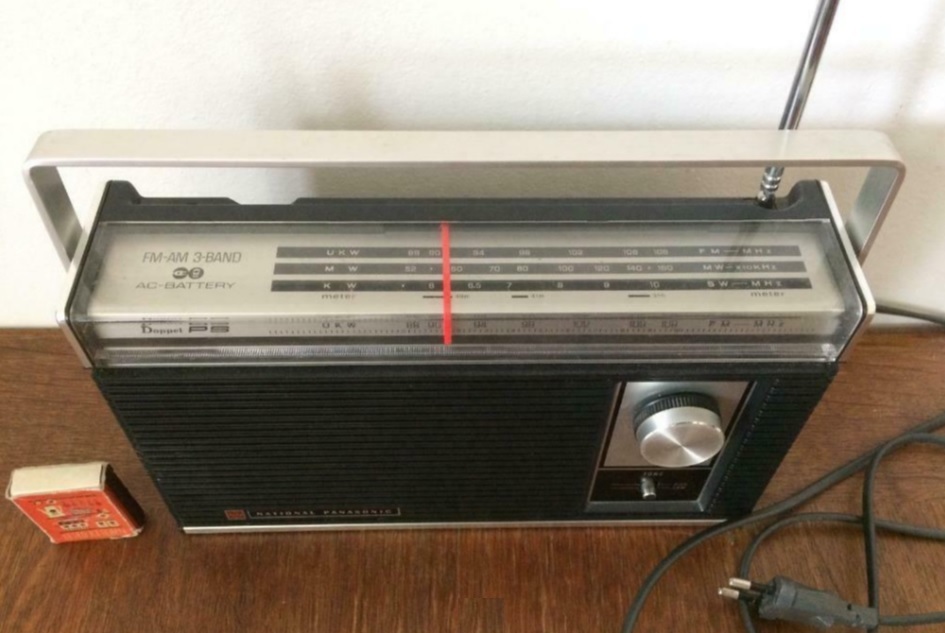
During my teenage years in the 70-ies having your own radio was what every boy or girl wanted. It enabled you to listen to your favourite radio station while doing home work (or pretending to do home work). I had a Philips radiocassette portable, but I found out that the Panasonic portable that my sister owned offered much better shortwave reception. It featured 49, 41 and 31 meter bands only, but allowed me to receive many European stations with their English service in the evening hours. Radio Sofia, Bulgaria was one of my favourites.
Nordmende Traviata
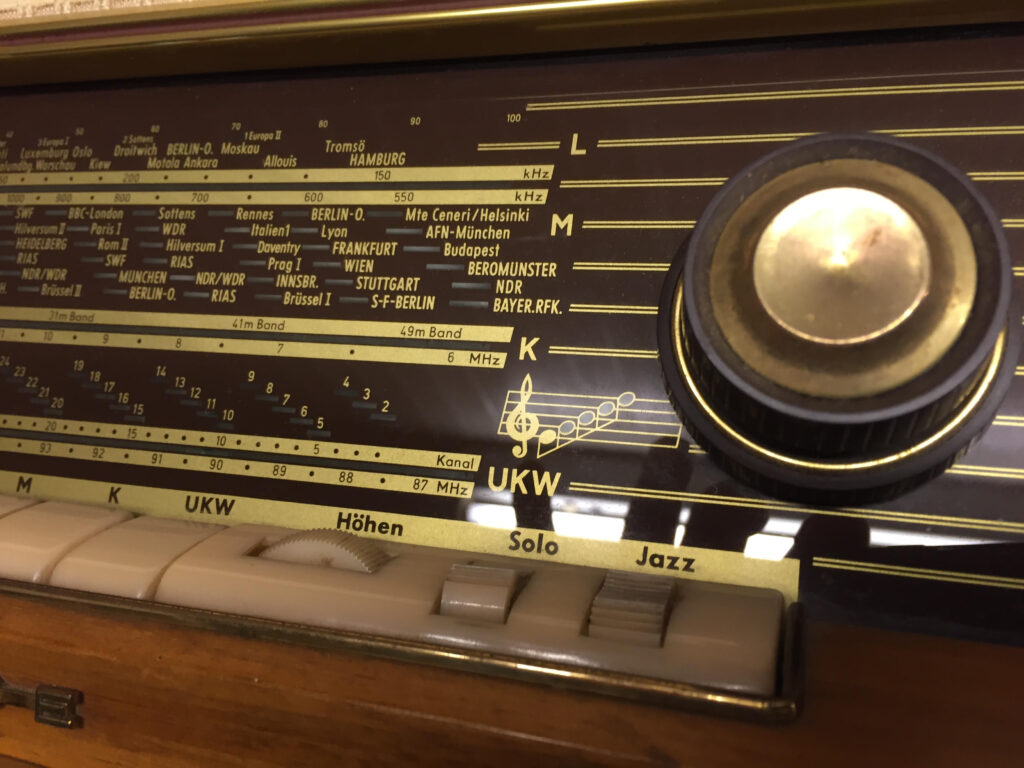
My first radio, the family radio in the 60-ies. My dad was really into free radio, and the radio was mostly tuned to Radio Veronica in those days. When I was 16 years old the radio was replaced by what we called an “audio tower” and cable reception got introduced….
I “confiscated” the radio to listen to short wave, but I also used it as receiver for 3 meter (104-108 MHz) reception of “illegal” radiostations. This required a bit of fiddling with the tuning circuits of this radio to push the range beyond 100 Mhz… and in doing so I experienced my first “electrical shock”.
To get a more accurate reading for shortwave I put a millimeter paper strip on the scale to get a better calibration. It was primitive, but I did manage to receive HCJB from Quito, Ecuador on this radio!
